NOVEMBER 10, 2022 : Today, our goal was to find five more stone bridges in the Zagori mountains. Some of the bridges did not require hunting at all – they were well signposted, had parking areas, and paths directly to the bridge. Others much less so.
However, before we went bridge hunting (bridge hopping would probably be more accurate), there were still some views of the Vikos Gorge that we wanted to see. Our first destination was the Oxya viewpoint. Yesterday we saw the gorge from its northern end, today at Oxya, we would see the southern end.
The Zagori region basically has three parallel roads into the mountains that we drove on. The northern most, goes to Mikro Papigo, where we went yesterday. The second goes to the Oxya viewpoint, which was our first destination this morning. Along the third road are the bridges. This third road also goes to Koukouli, where we spent our second night in the Zagori.
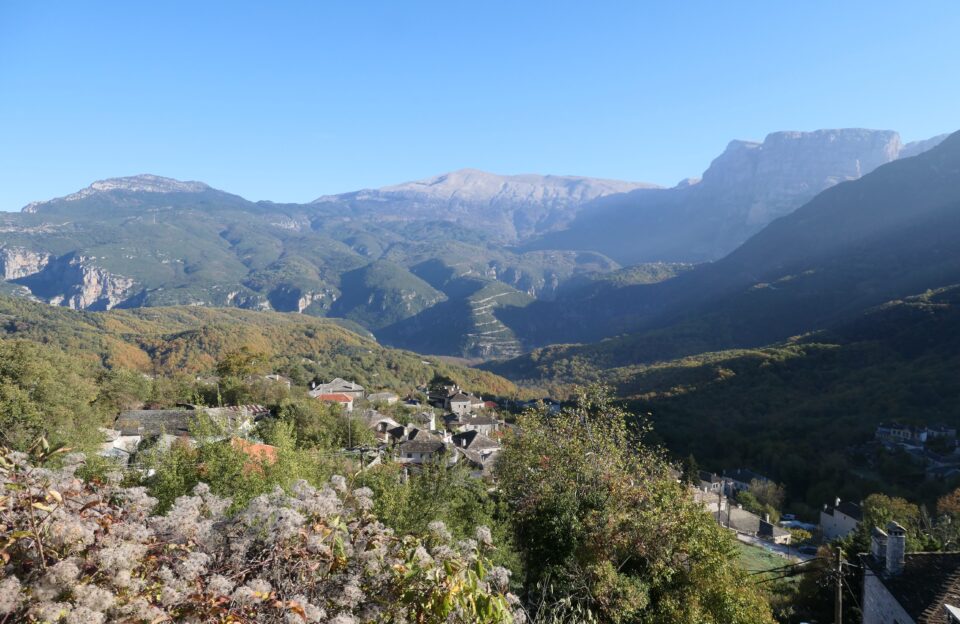
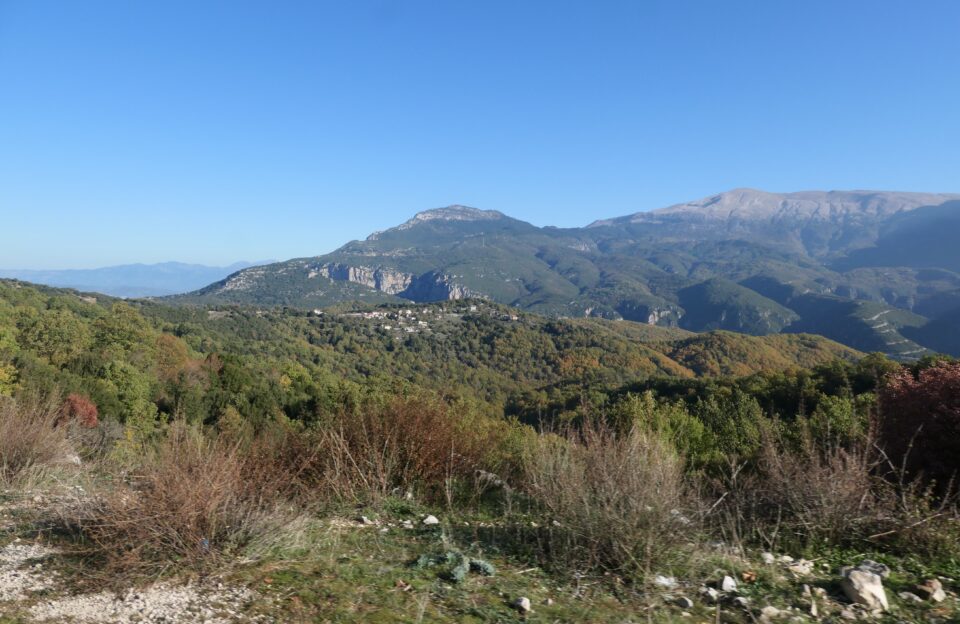
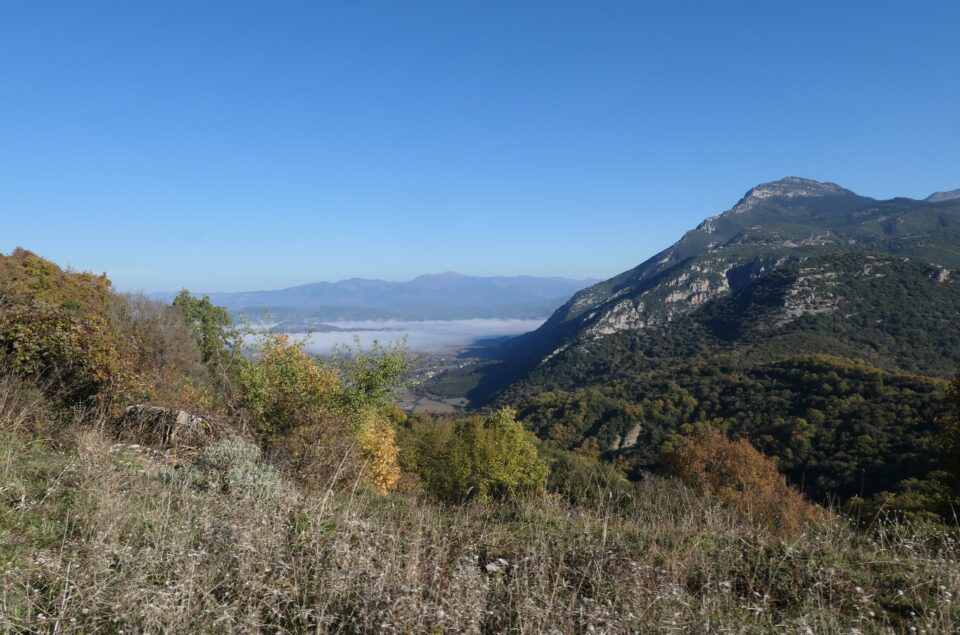
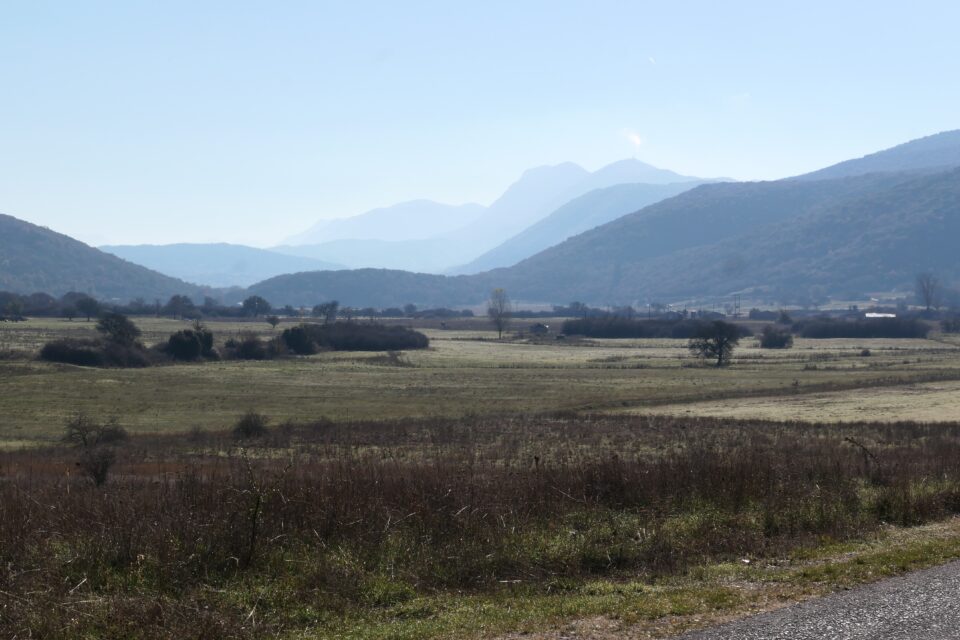
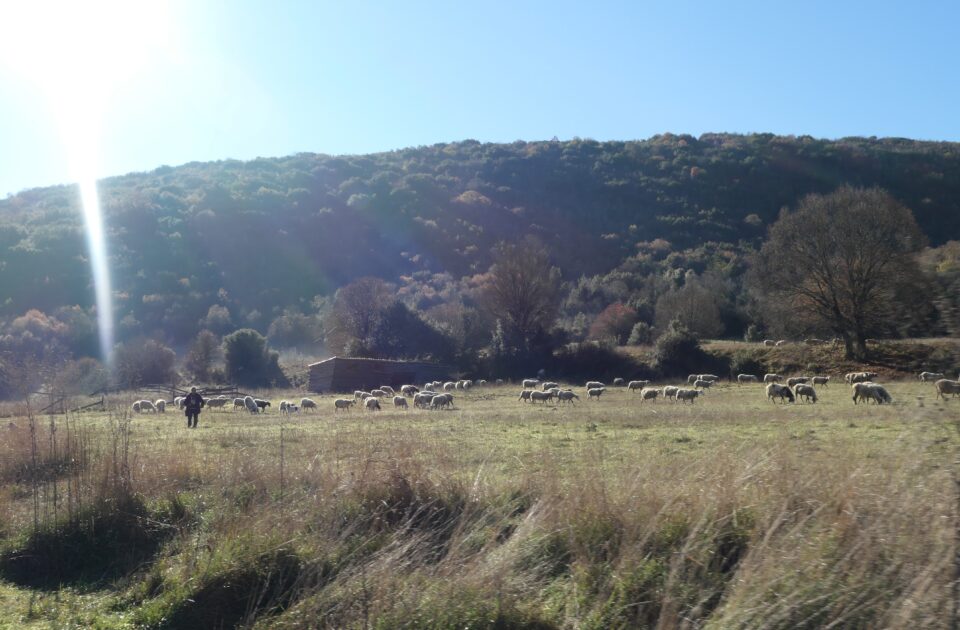
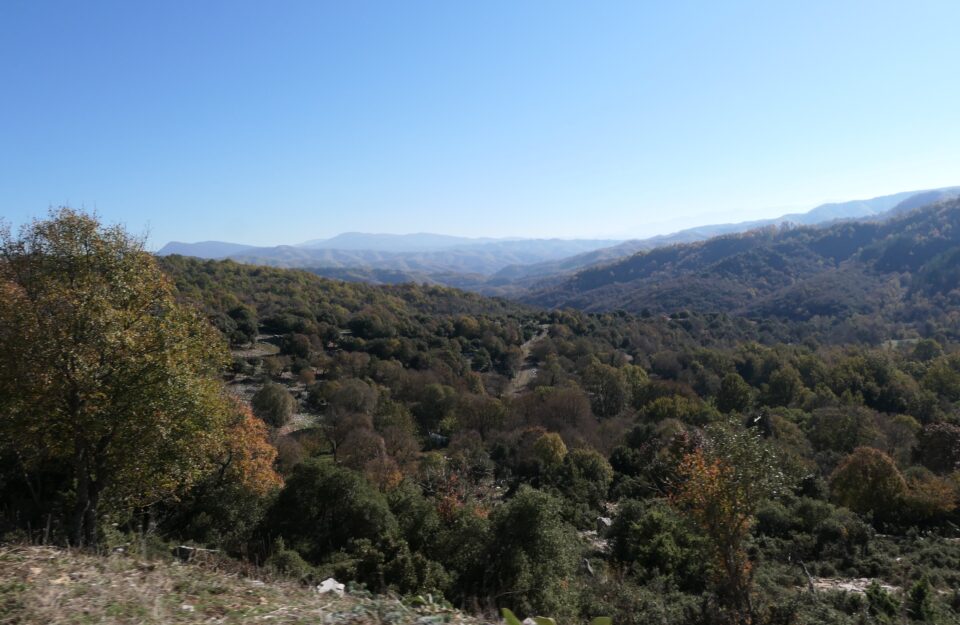

Oxia provided the most amazing viewpoint of all. You walk down a cobblestone path that brings you right to the edge of the cliff (I would be too nervous to bring children here). You could see all the way down to the bottom, over 900 meters down. It was truly awesome.
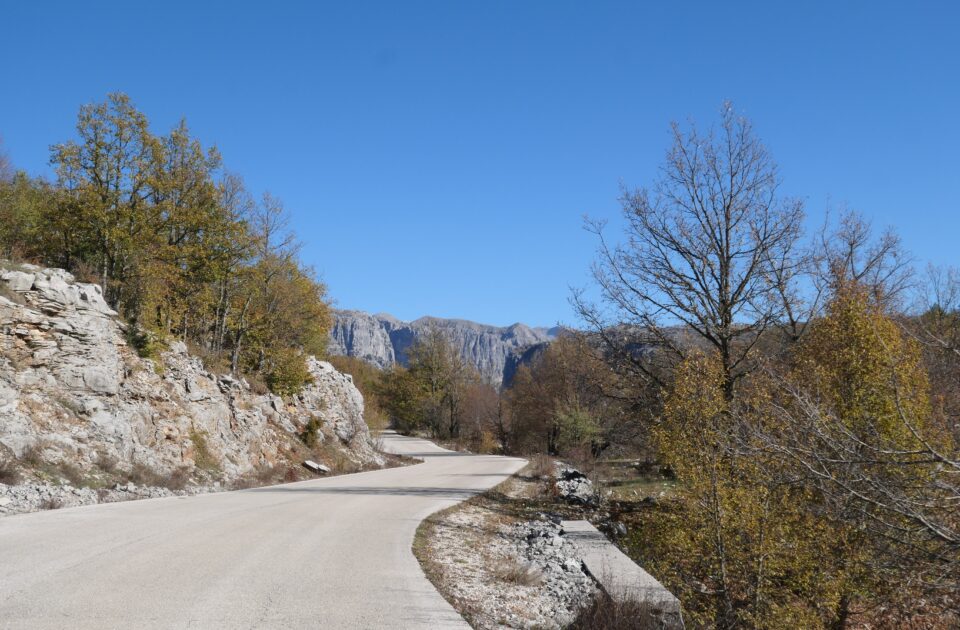
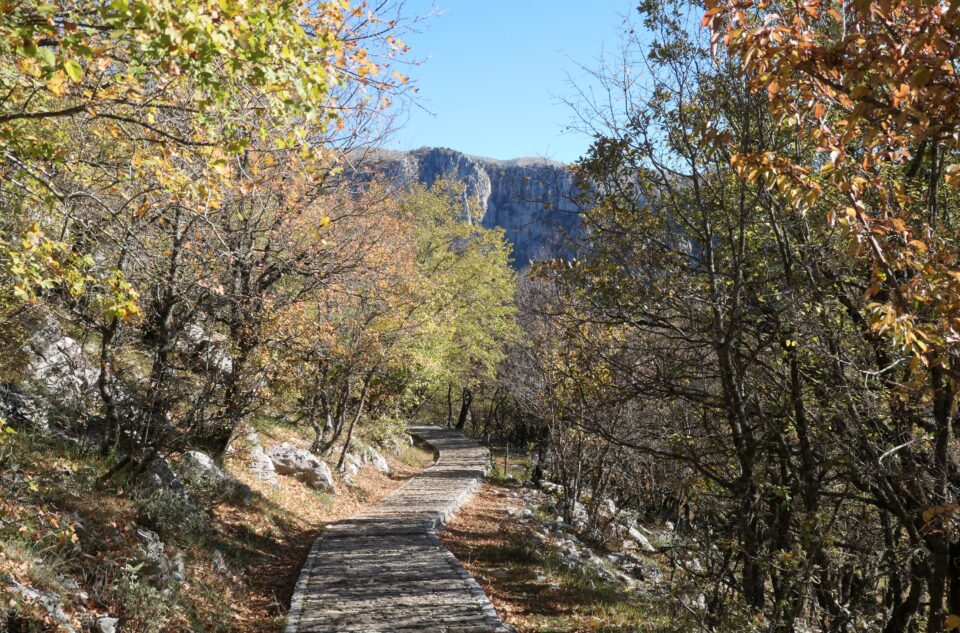

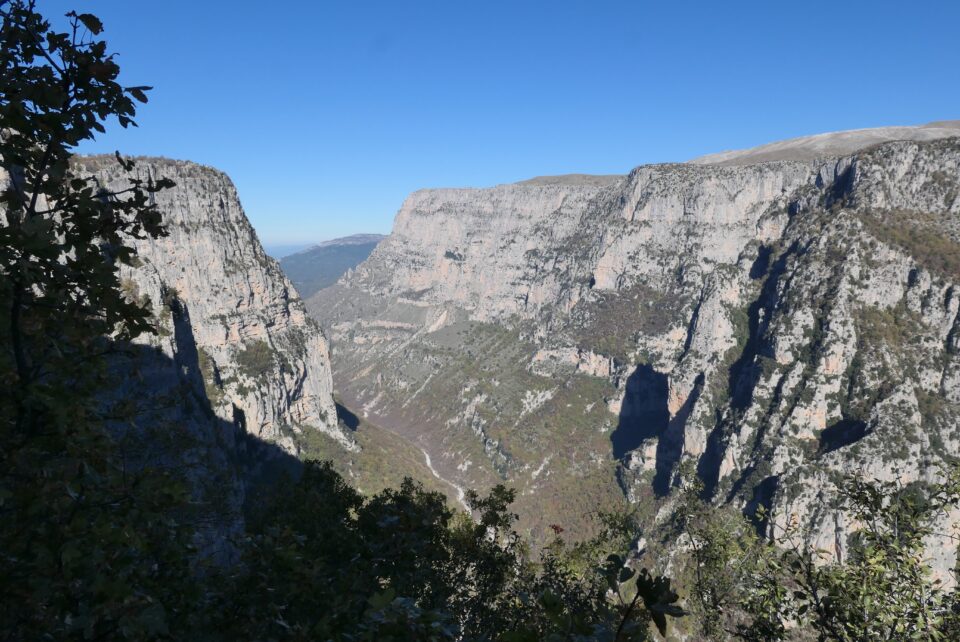
After enjoying the view at Oxia, we went to the Stone Forest. This is a collection of stone pillars made of layered rocks – the same layered rocks we saw yesterday at the Papingo Rock Pools. This was less impressive but offered nice views of the surroundings.
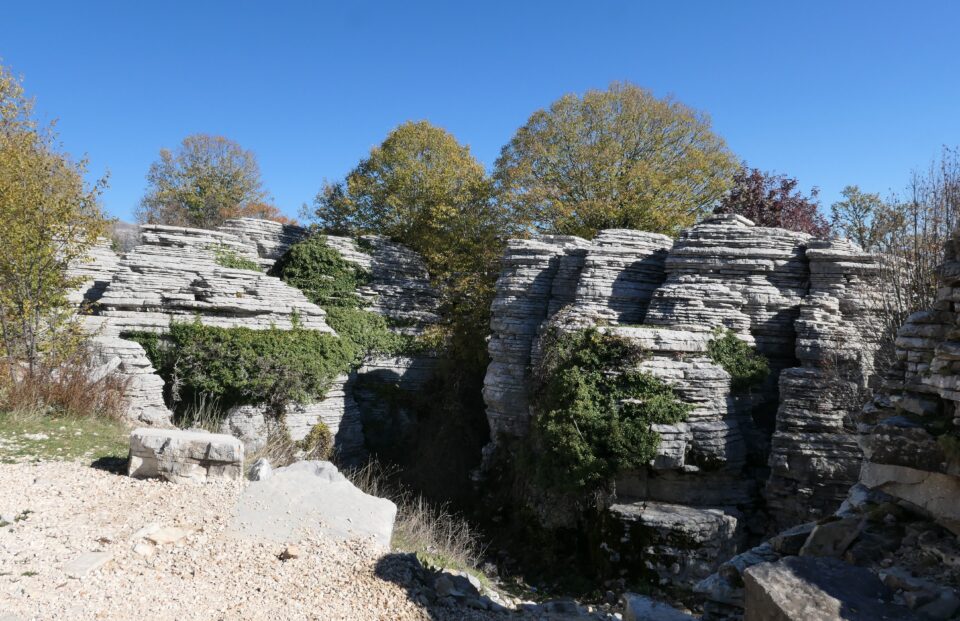
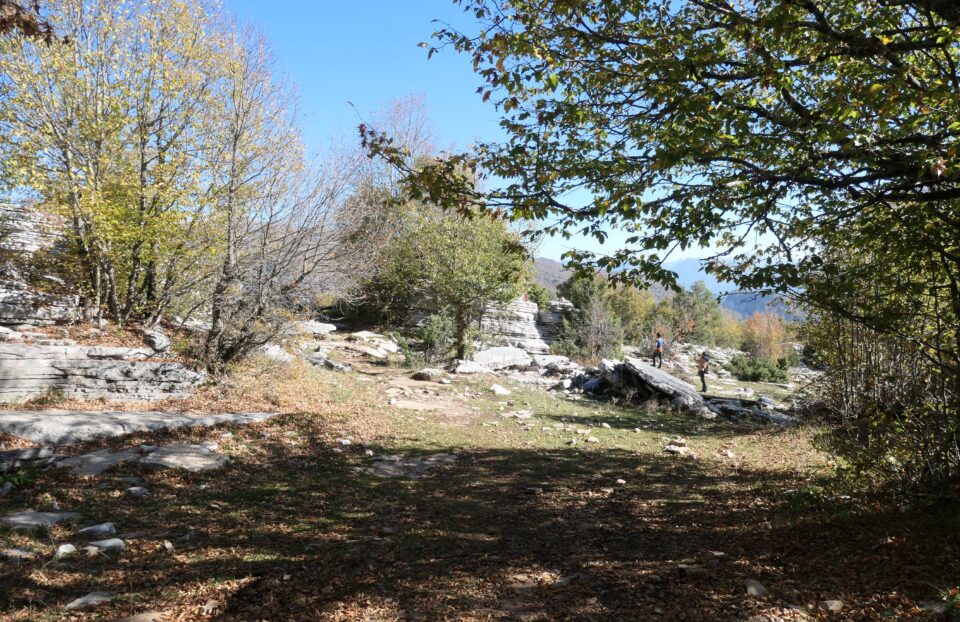
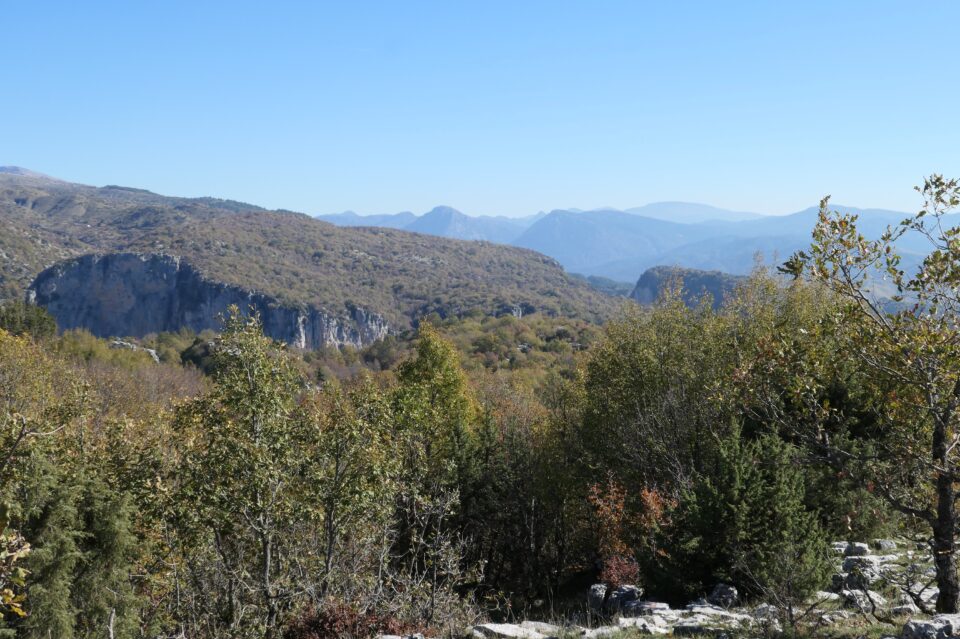
Our next stop was Monodendri, one of the larger villages in these mountains. On the entrance to one of the small hotels there, was a welcome sign in Hebrew. We parked our car, walked through the narrow lanes, and from there hiked down 800 meters to the Agia Paraskevi Monastery. This is a small monastery, originally built in 1412, in gratitude by the father of a girl who had an eye disease that was cured. It is no longer functioning, but it sits on the edge of Vikos Gorge offering fantastic views.


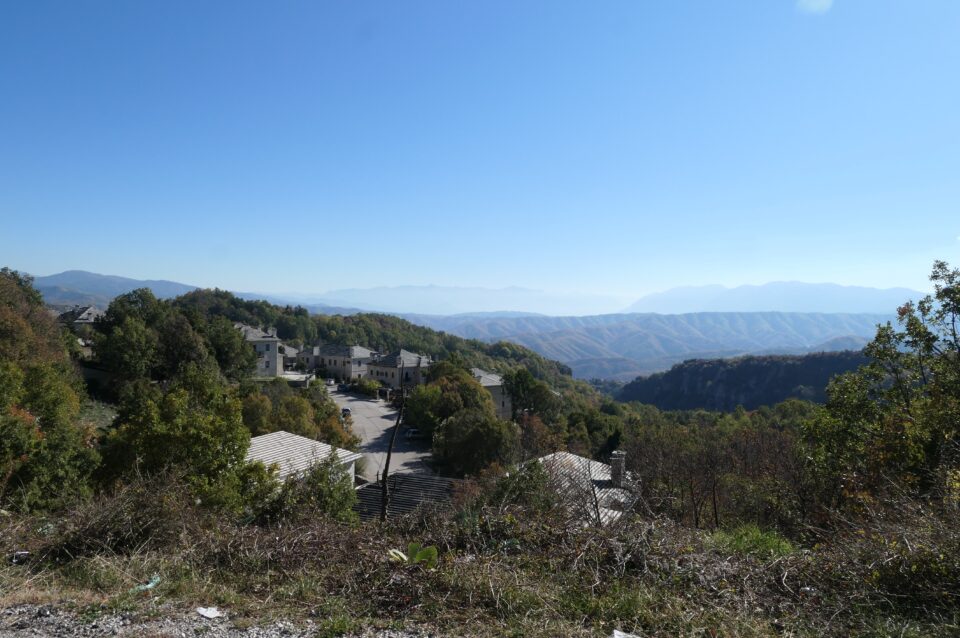
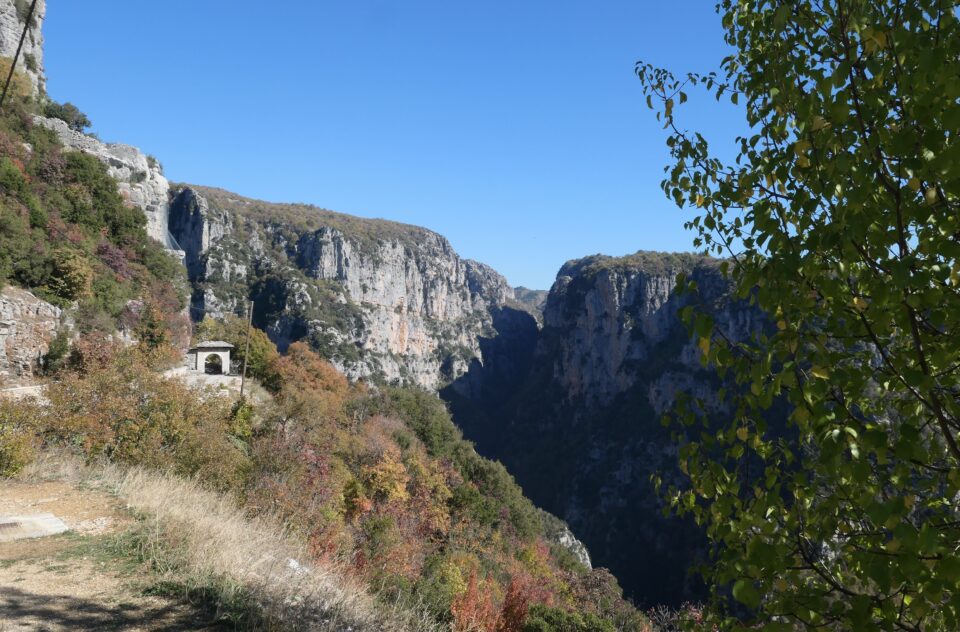
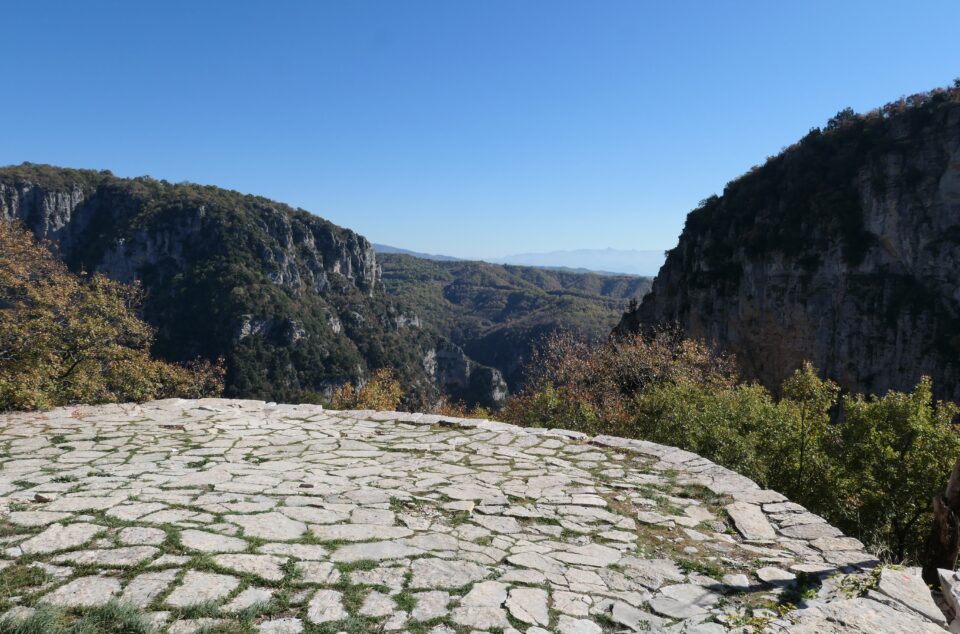
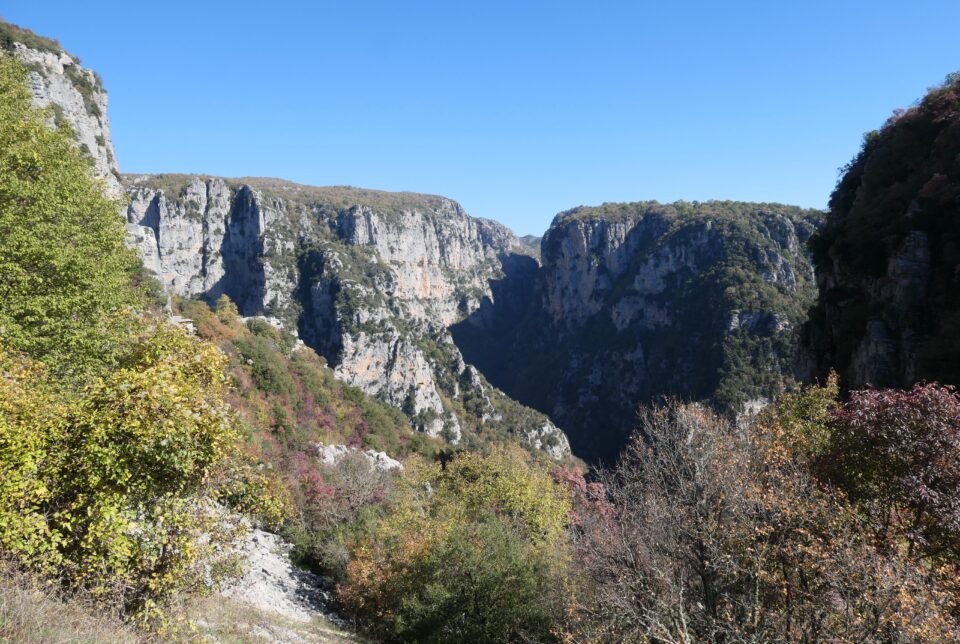

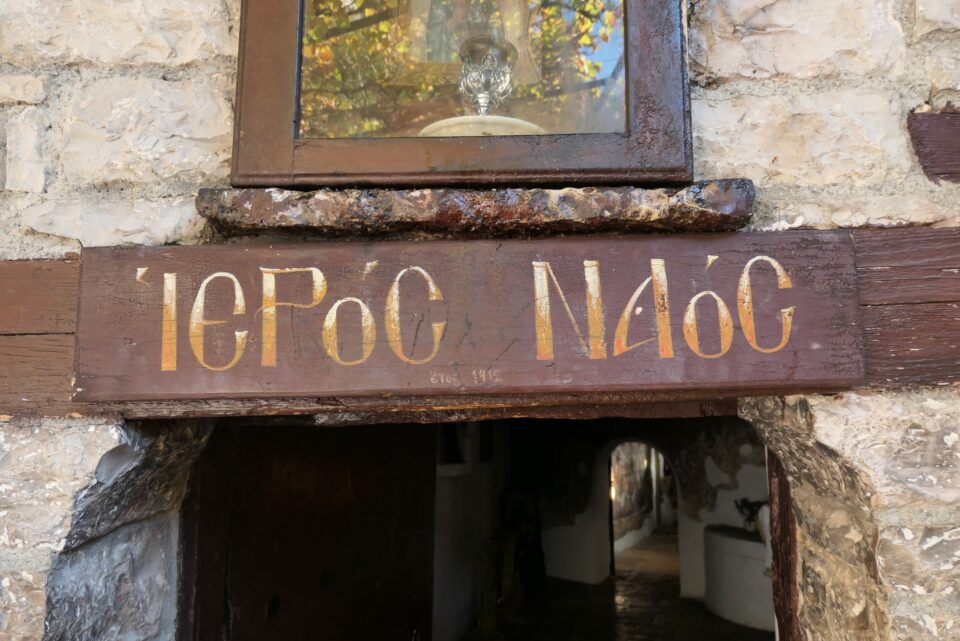
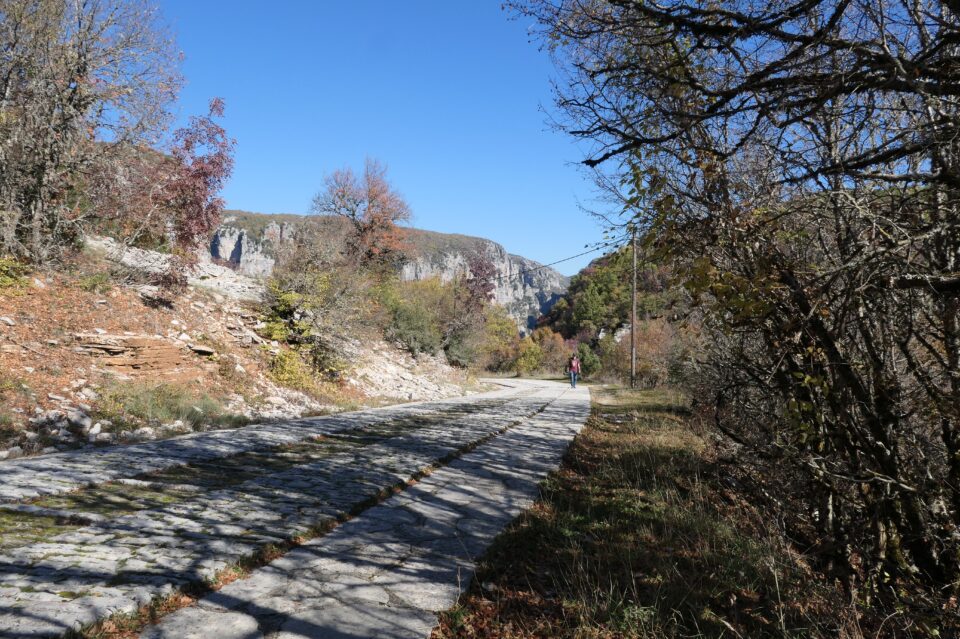
A few years ago, my daughter and son-in-law, went trekking in northern Greece. On the first day of their hike, they walked from Monodendri down into the gorge, and then back up to Mikro Papigo. Having actually now seen these places, my admiration for the kids grew ten-fold. Not an easy walk.
After our short visit at the monastery, we climbed back uphill to Monodendri and continued driving back down the mountain on the second parallel road, towards the bridges on the third road.
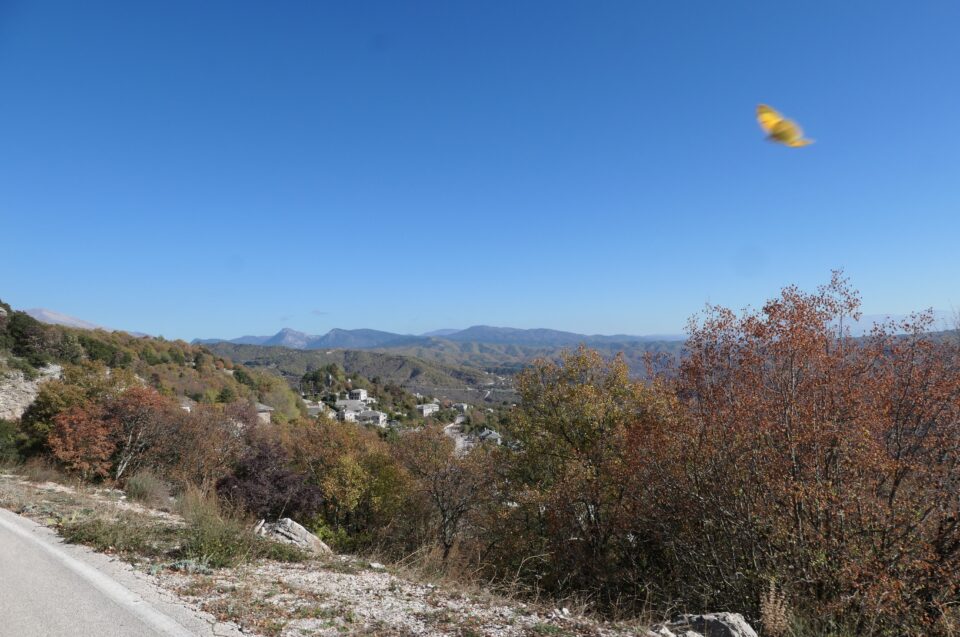
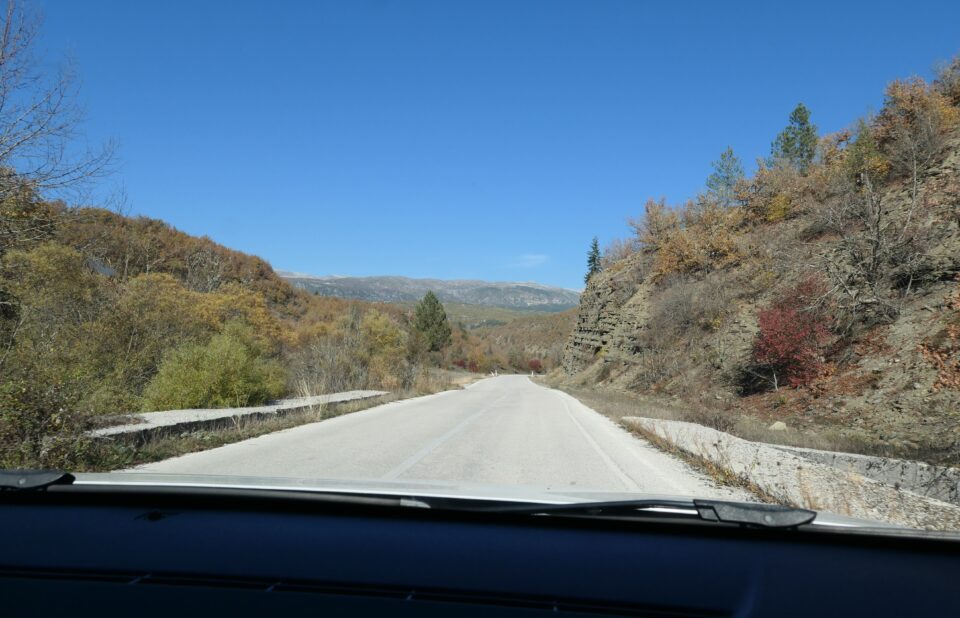
The bridges we were seeking span the rivers that run at the bottom of the mountains and now we were going to find five more of them.
The first bridge we stopped at was the Kapetan Arkouda Bridge. It is a small, single-arched bridge and its former name was “bridge of the Jew”, after the Jew Ioánnis Solomón Matsílis, the man who paid for the construction of the bridge in 1806. During a heavy storm, Matsilis tried to cross the river, putting his life in danger. He was saved and decided to build a bridge for safe passage of the river. Many years later, the bridge was renamed to “bridge of Kapetan Arkoudas” in honor of a Macedonian hero who was killed here by the Turks in August 1906.
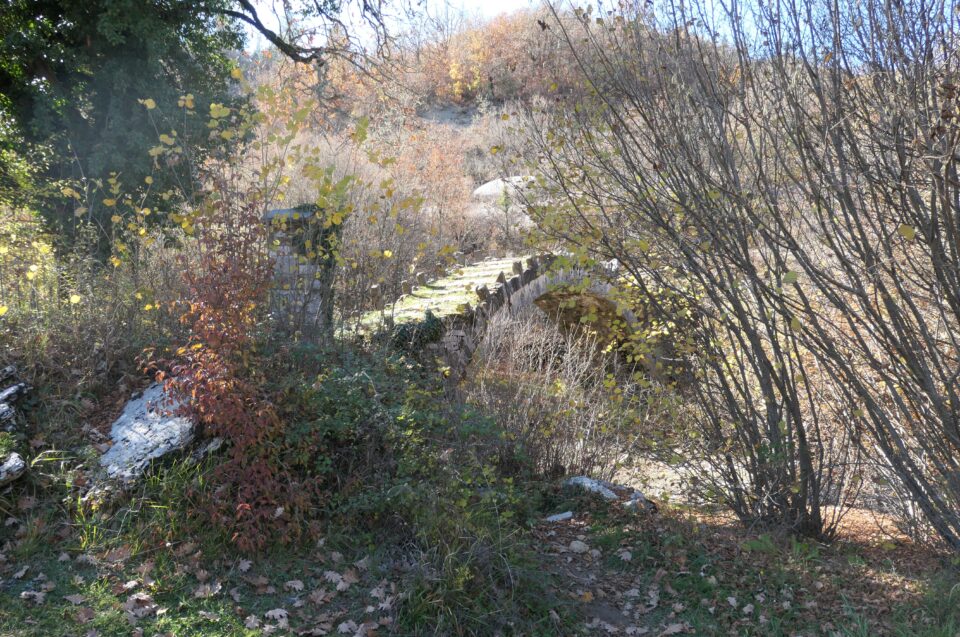
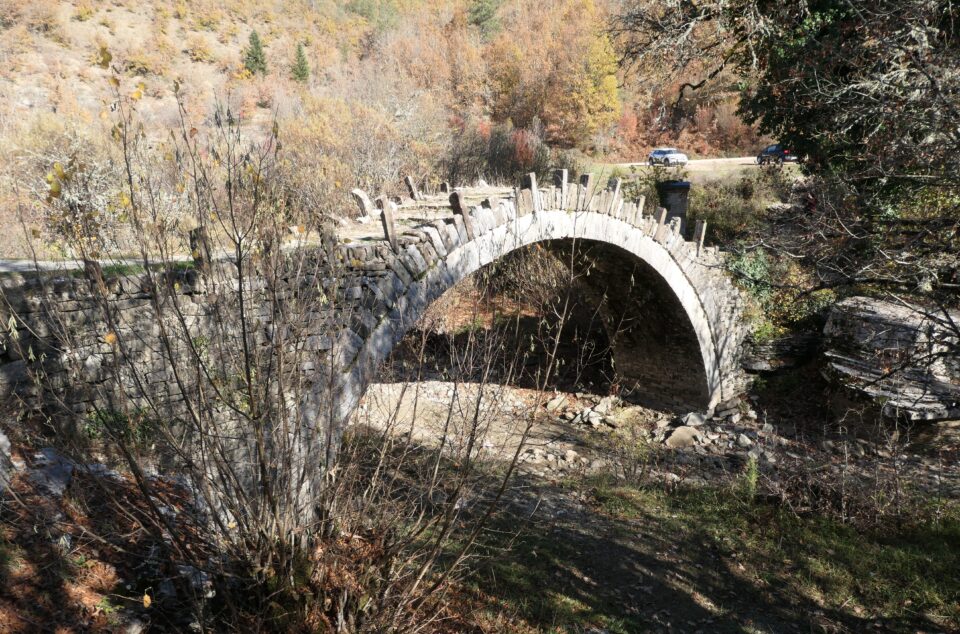
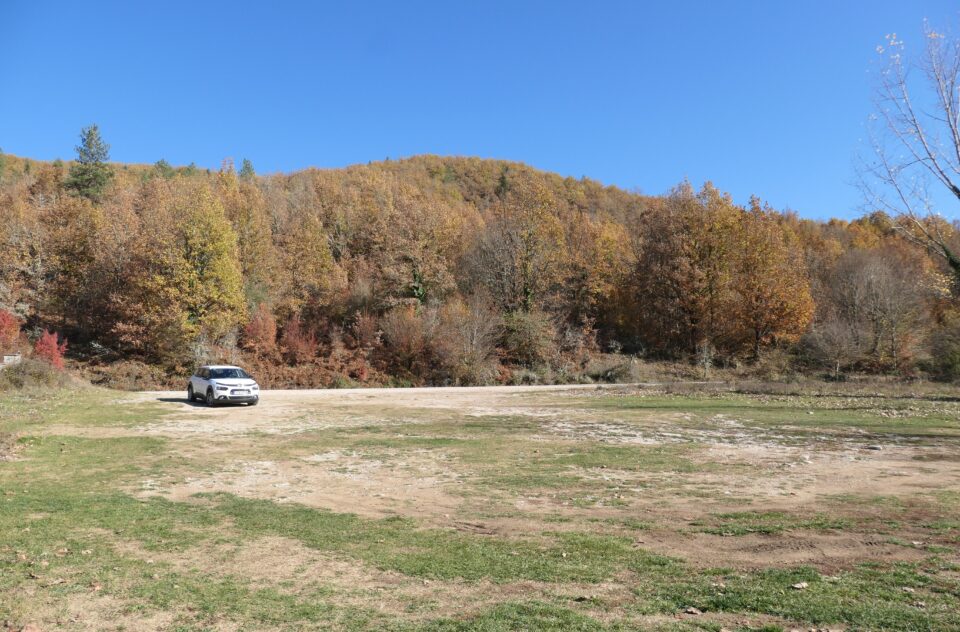
Less than a kilometer down the road, was the next bridge – the Bridge of Kokkori (or Kokkorou, as Google maps spells it). It is also known as the Noutsos bridge. This tall bridge was first built in 1750 with the donation of Noutsos Kontodimos, and then later renovated by Grigoris Kokoris. Parallel to the old bridge, a new arched bridge was built for vehicles on the current road.
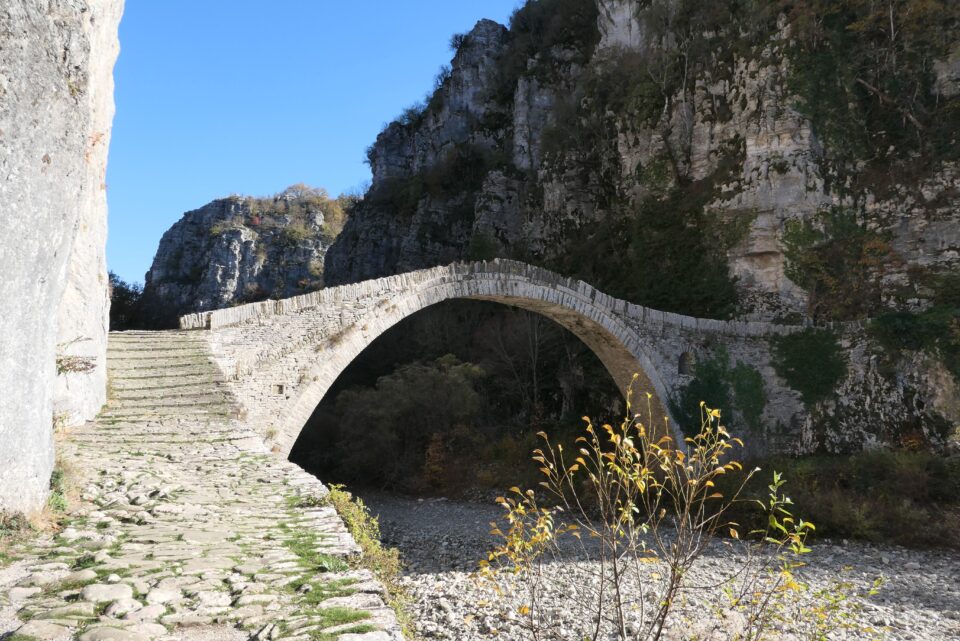
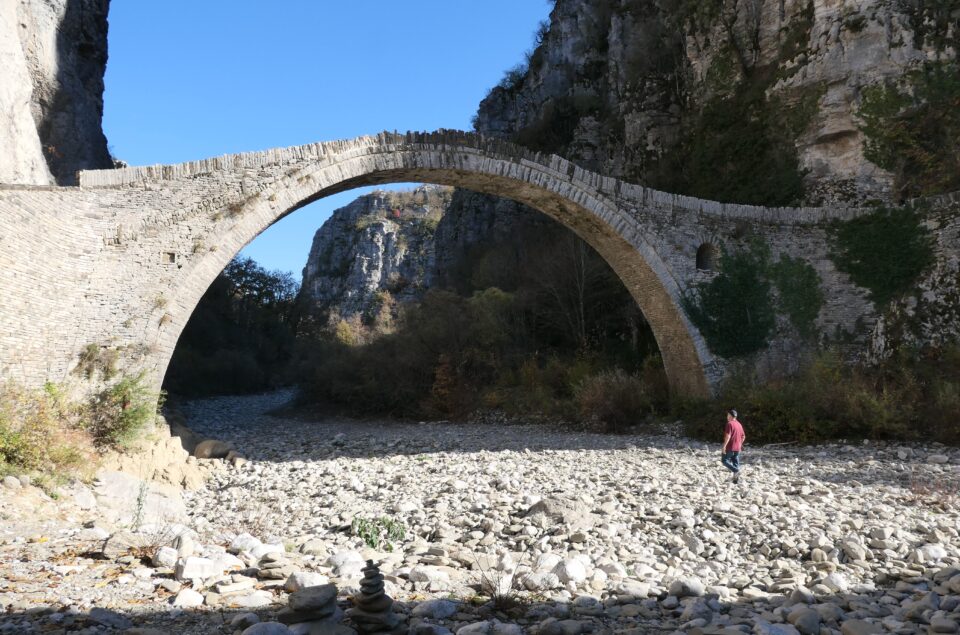
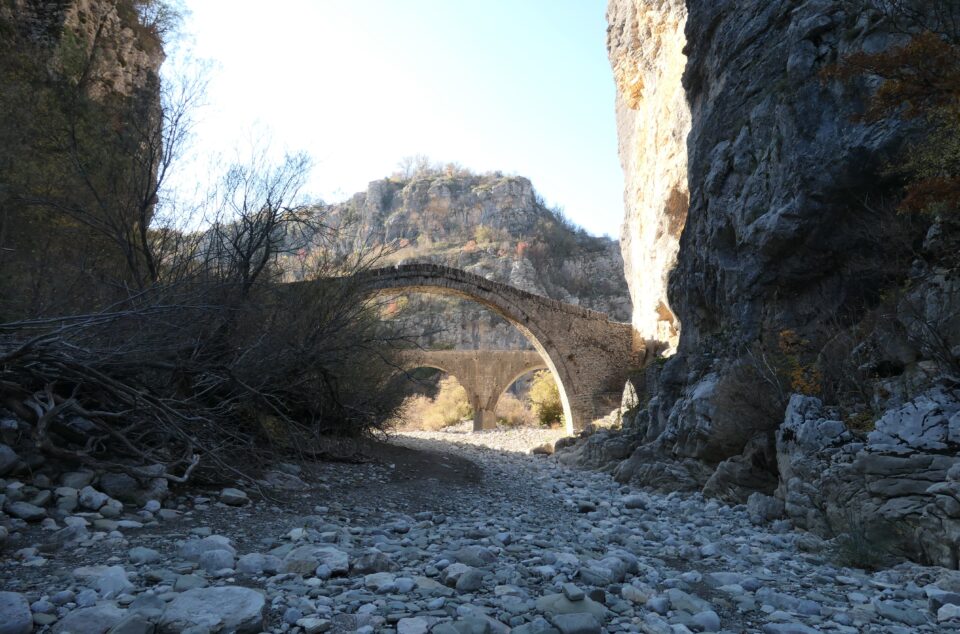
Our next stop was the three-arched bridge of Plakidas, also known as the Bridge Kalogeriko. Built in 1814 by Kalogeriko, it was then repaired in 1863 by Alexis Plakidas. In 1977 the bridge was seriously endangered when some contractors considered it a good idea to pass the road over the bridge. After many protests by the locals, the plans changed and the road changed course. It is one of the most photographed bridges in the Zagori and one of the few three-arched bridges that survive.


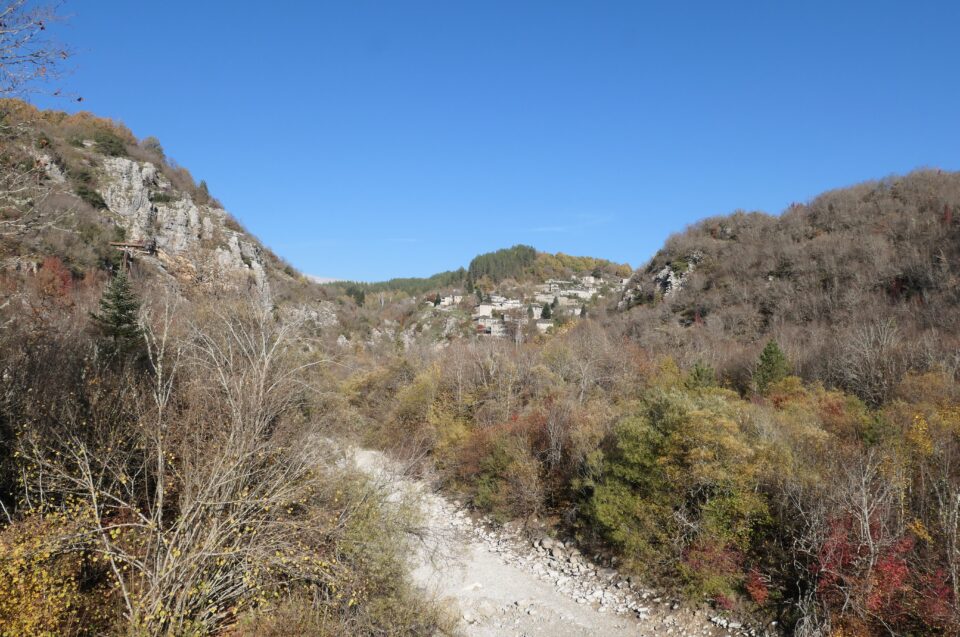
The next bridge did require some hunting to find. Google maps navigated us to drive up a steep narrow lane that looked too challenging for our car. Luckily, Mark had spotted the bridge in the distance previously as we were driving. We returned to that spot, parked and found a path that led to the bridge. This was the Bridge of Kontodimos or Lazaridis. It was built in 1753 with a donation from Tolis Kontodimos. The second name comes from Kostas Lazaridis, the owner of a watermill used to grind wheat, located near the bridge.
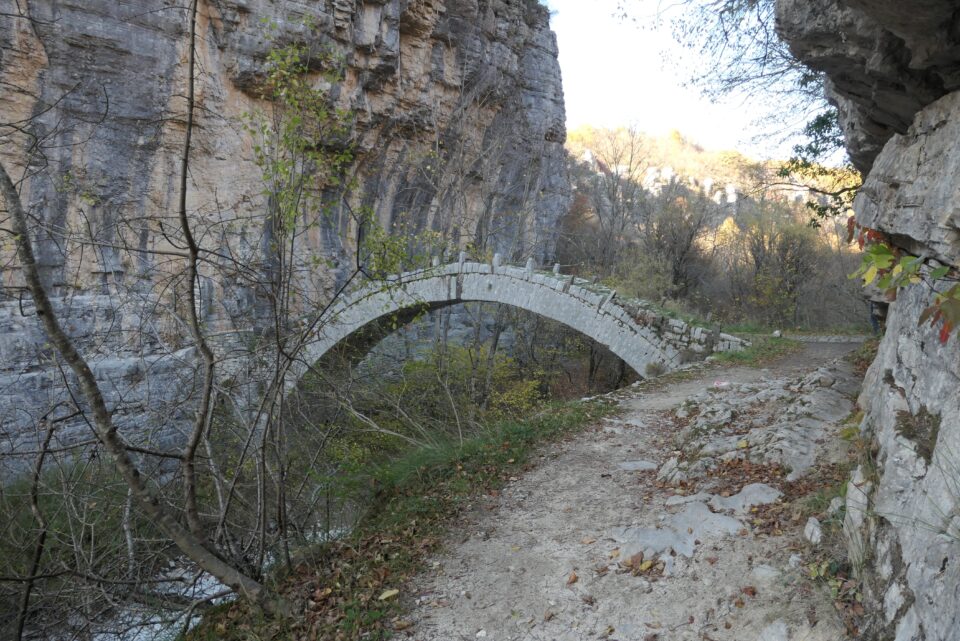

Our last bridge was the Milos bridge. This bridge was also a bit off-the-beaten-path. To find the bridge, we drove down a very narrow road and hoped that no one was coming in the opposite direction. This bridge was built in 1748 and consists of two large arches and one smaller one. Nowadays, on January 6, the day of the Holy Epiphany, a Greek Orthodox priest throws a cross from the top of this bridge into the waters below. Young men dive in to retrieve the cross, and the person who returns it to the priest, is blessed.
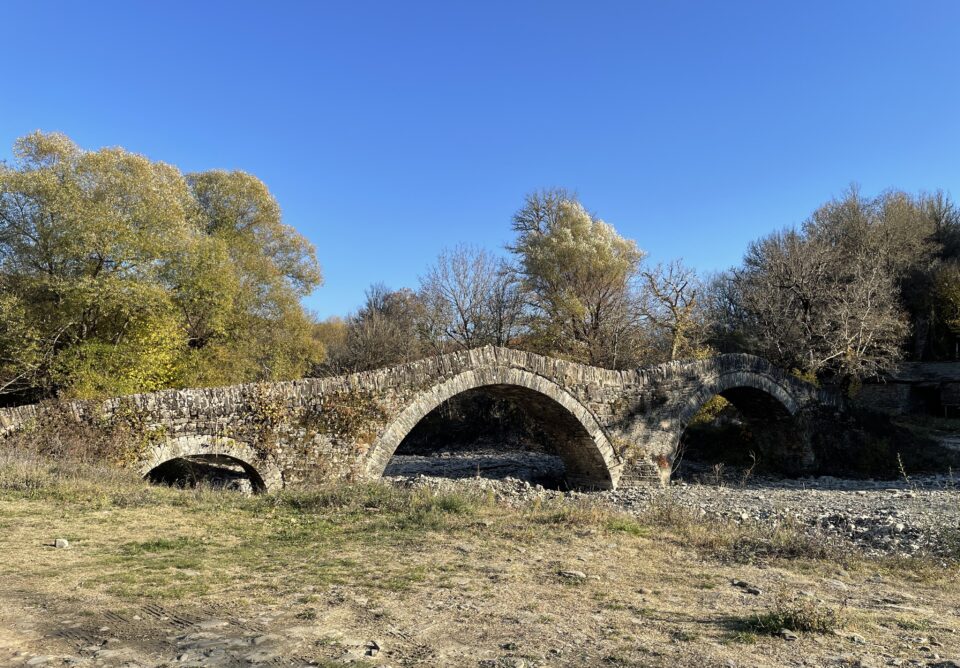
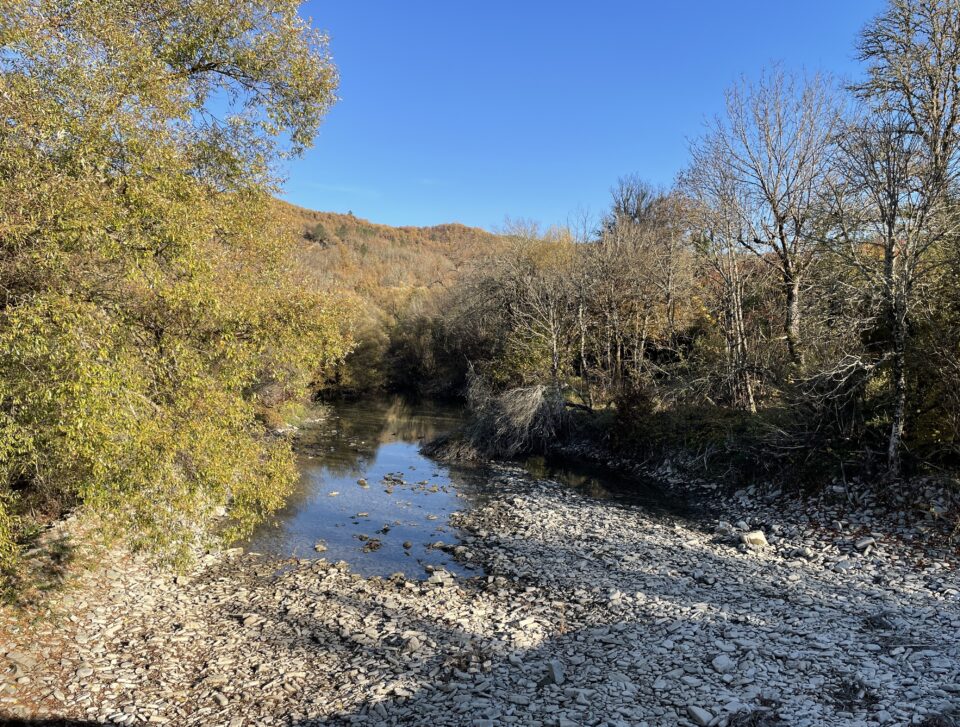
When then drove to Koukouli, where we had rented a small stone house for the night. The views were splendid all around.
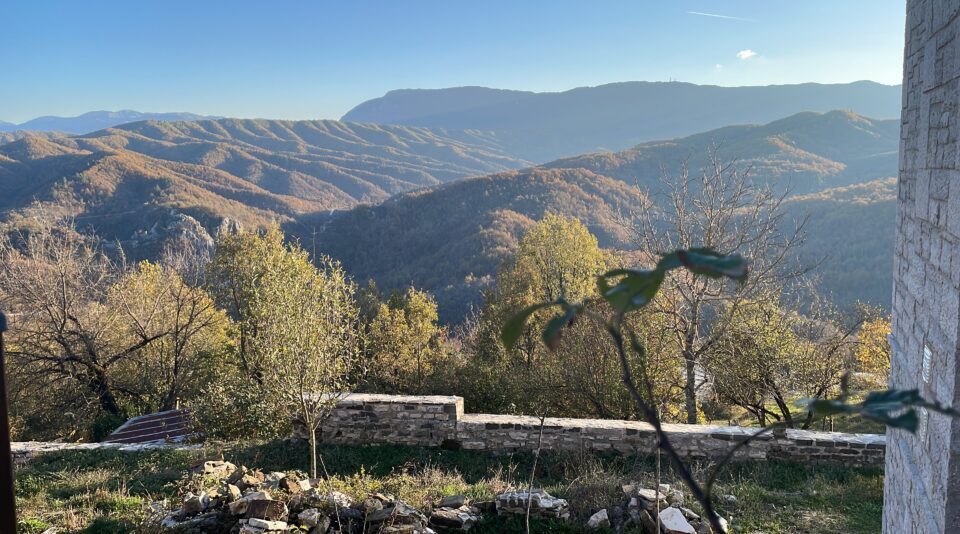
On the third road, many trees were already bare of leaves and the colors here were a bit different than yesterday – lots of brown, mustard and yellow. The same colors as my living room – maybe that’s why these mountains felt like home.
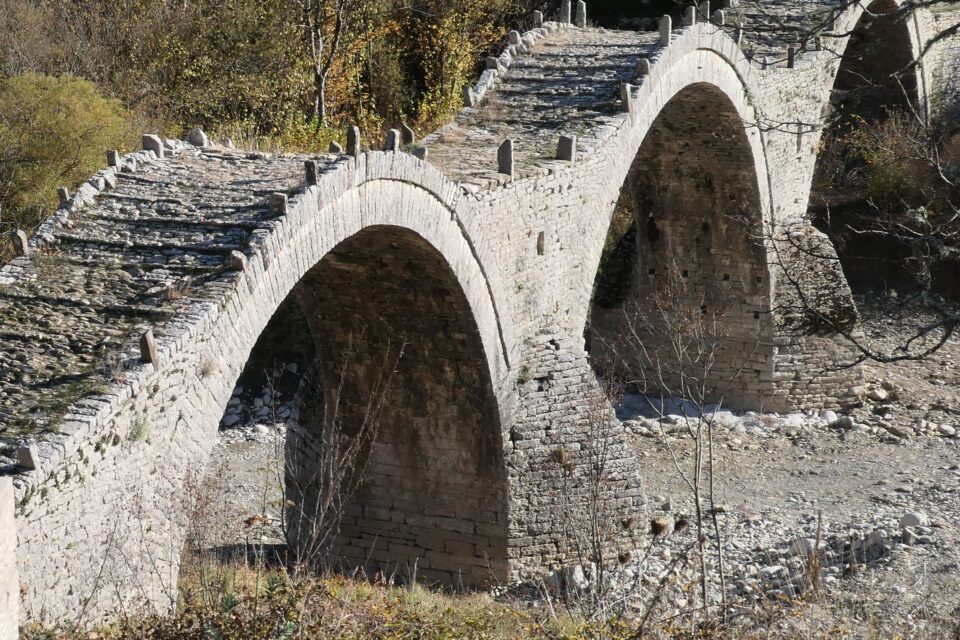
That was definitely the toughest part of the hike! View from your apartment is stunning. Enjoy!!